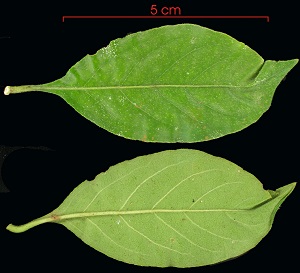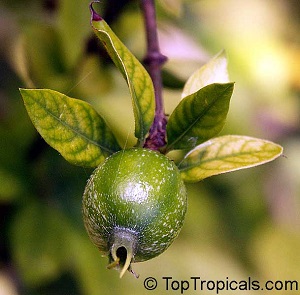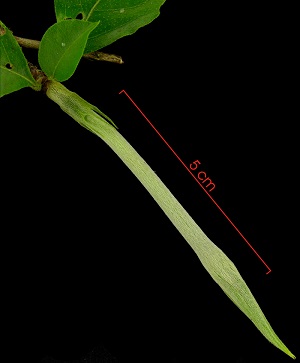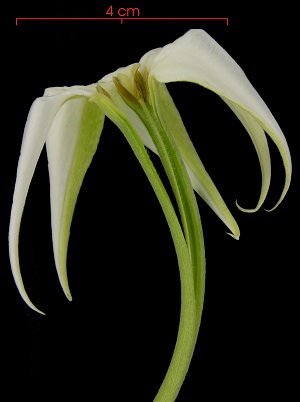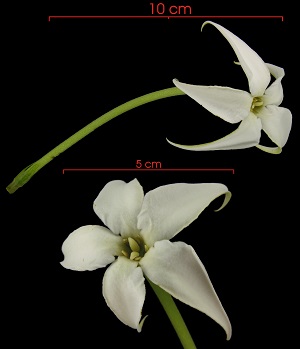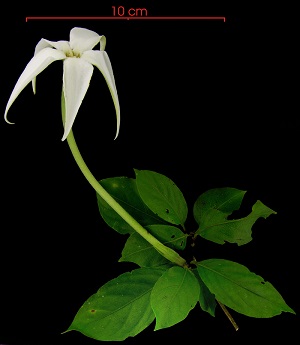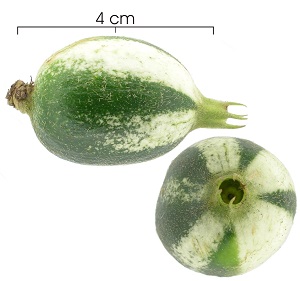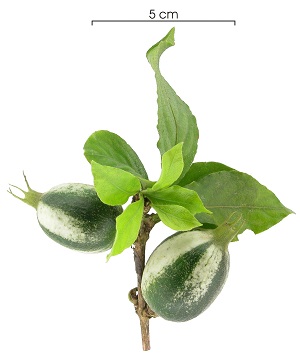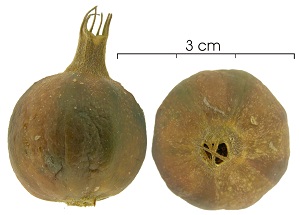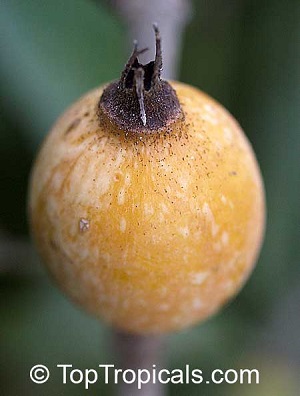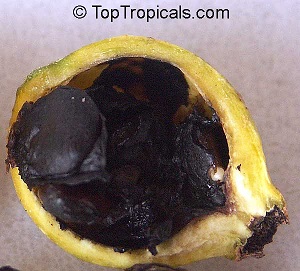| Blackberry Jam Fruit - Randia formosa | |||||||||||||||||||||||||||
|---|---|---|---|---|---|---|---|---|---|---|---|---|---|---|---|---|---|---|---|---|---|---|---|---|---|---|---|
|
Fig. 1  Randia formosa Fruit and leaves Fig. 2  Flesh of the fruit Fig. 3  Fruit, foliage, seeds 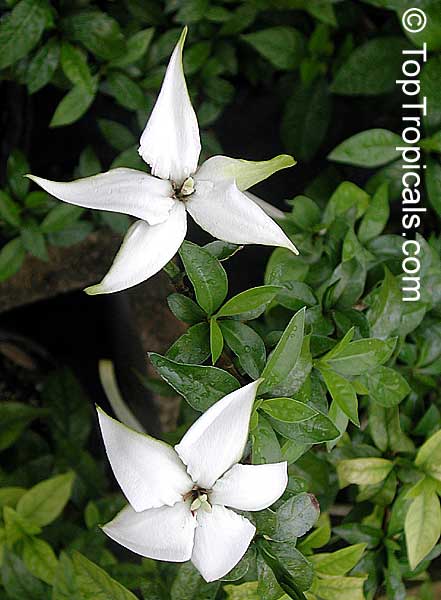 Fig. 6  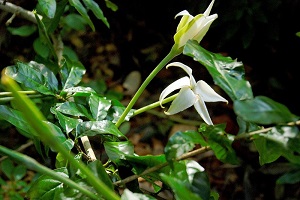 Fig. 7  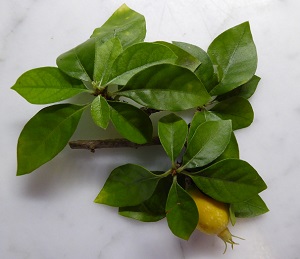 Fig. 12  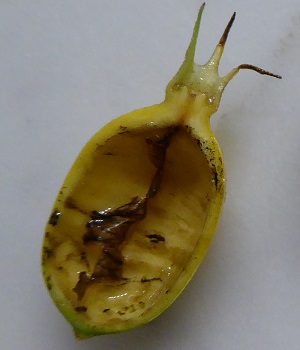 Fig. 19  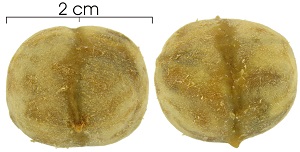 Fig. 20  Rosenbergiodendron formosum seed-wet 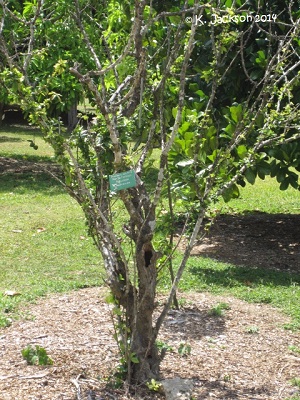 Fig. 21  Growth habit, Fruit & Spice Park, Homestead, Florida, USA 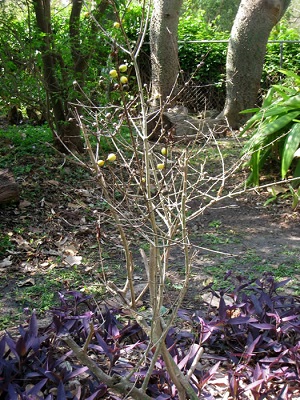 Fig. 22  Fruiting plant at The Kampong, Coconut Grove, Florida, USA |
Scientific
name Randia formosa (Jacq.) K. Schum. Pronunciation RAND-ee-uh for-MOH-suh Common names Blackberry jam fruit, raspberry bush, jasmin de Rosa Synonyms Gardenia mussaenda L.f.; Genipa mussaendae (L.f.) Baill.; Mussaenda formosa Jacq.; Randia mussaenda (L.f.) DC.; Ronbergiodendron formosum (Jacq.) Fagerl.; R. orinocensis Rusby; Solena mussaendae (L.f.) D. Dietr. 3 Family Rubiaceae Origin Central and South America 2 Uses Great for container growing Height 4-5 ft (1.2-1.5 m) tall in the ground; 3-4 ft (0.9-1.2 m)in container Plant habit Small evergreen bushy shrub; compact 1 Growth rate Slow Pruning requirement Can be trained into a miniature tree 1 Flowers 1.5-2 in. (3.8-5 cm); star shaped; very fragrant, tubular; white 1 Fruit Yellow; small in size; taste like blackberry jam 2 Season Fall-winter Light requirement Full or partial sun; will flower and fruit in filtered light 1 Soil tolerances Prefers well drained acidic soil pH preference Acidic soil; leaves may turn chlorotic in alkaline soils (Fig. 5 ) Drought tolerance Reported to be drought tolerant 1 Cold tolerance Relatively cold hardy; said to withstand as low as 26 °F (-3.3 °C) 1 Invasive potential * None reported Pest resistance Unknown Known hazard None Origin Central and South America Description An interesting plant for fruit tree collectors and those in search of fragrance. Randia formosa is a shrub related to Gardenias. It’s a small bushy shrub to 2m+ and produces fairly large, fragrant, ornate white flowers and is hardy. It enjoys full or partial sun and likes acidic soil. To lower pH: Both ammonium sulphate and ammonium nitrate acidify the soil, but ammonium sulfate is much more acidifying. Generally, the plant is fairly easy to grow and can make a container specimen in colder areas. Propagation by seed. The University of Guam say it is a primary windbreak species. 2 Extract from Tomas B. Croat BCI Descriptions (Jacq.) K. Schism. in Mart., Fl. Brazil. 6(6):342. 1889 Ronbergiodendron formosum (Jacq.) Fagerl. Dioecious shrub or small tree, unarmed, widely branched; stems glabrous in age, slender. Leaves clustered at ends of small lateral branches; stipules short, broadly triangular, often ± scoop-shaped, acute, 1.5-3 mm long, brown, persisting below leaf clusters; petioles obscure or to 1 cm. long; blades oblanceolate-elliptic, acuminate, attenuate and decurrent at base, mostly 3-11 cm long, 1.5-3 cm wide, sparsely pubescent and dark green above, duller and more densely pubescent below. Flowers single at branch, ends, densely sericeous; calyx 13-20 mm long, lobed, persisting in fruit, the lobes 5, linear, 8-10 mm long; corolla tubular, 11-19 cm long, the tube greenish, papillose inside at apex, soon becoming velutinous in upper part, then glabrous, the lobes 5, white, 3-5 cm long, tapered to a slender tip; filaments adnate to tube; anthers 5, ca 5.3 min long, attached at flared apex of tube; style with ascending trichomes near apex; stigma broadly bilobed, held slightly above anthers. Fruits baccate, ± spherical, to 25 mm diam, dark green, with several broad white bands extending from apex to middle or beyond, sparsely covered with appressed trichomes; seeds numerous, flattened laterally, stacked in 4 rows, white. Croat 11296,11888. 4 Leaves
Fig. 4. R. formosum leaf Fig. 5. Leaf formation Fig. 6. Chlorotic leaves (over-watering/ alkaline soil) Flowers Flowers are gardenia-like and have pleasant sweet fragrance, although not as strong as gardenias. When in bloom, the bush is all covered with star-shaped flowers. 1
Fig. 8. Rosenbergiodendron formosum flower bud Fruit A genus of about 100 species of shrubs and trees, from tropical and warm regions of the Americas, R. formosa, unlike most members of this tropical to subtropical genus, usually lacks spines on its upright stem and can be cultivated in temperate climates. 5 Olive-shaped yellow fruits are woody shelled, about 1" size and look like small loquats. They can be easily crushed between teeth. The fruit contains two cells with small flat seeds surrounded by sweet black soft pulp tasting like "blackberry jam", beloved of children and adults. 1
Fig. 13,14. R. formosum immature-fruit and leaves Fig. 15,16. R. formosum fruit Fig. 17. Blackberryjam fruit flesh Fig. 18. Fruit, flesh and seeds Harvesting A small 3 ft plant in 3 gal container can bear as many as 25-30 fruit at a time. Blooming/fruiting period continues for a few months, new flowers appear while the first fruit start to ripen. 1 Pollination Attract nocturnal moths for pollination. 1 Propagation Starts fruiting in young age - 1-1.5 year from seed. 1-3 gallon container plants start blooming and fruiting when they reach about 2 ft tall. 1 Growing your Blackberry Jam Fruit from Seed Irrigation This species is reported to be drought tolerant, however, it requires regular watering until the plant is well-established. Young plants easily droop leaves if underwatered, they may even loose all the leaves overnight if the soil gets too dry! However, the plant usually recovers very quickly and new growth comes in a few days to a week. 1 During cold period, watering should be reduced, otherwise leaves may become chlorotic (Fig. 5 ). Randia formosa is very sensitive to over-watering particularly during cool season. 1 Food Uses You don't have to make a preserve with this fruit - the fresh pulp tastes exactly like Blackberry Jam. Yet it's not too sweet and actually tastes even better than any preserve. When you see the shrub all covered by yellow fruit, you are anxious to pick, crack open all of them, and suck out the sweet and tasty exotic pulp... This is one of those fun rare fruits than one never gets tired of! 1 General The Blackberry Jam Fruit is definitely a conversation piece, and tasting a "blackberry jam" from a gem of your rare fruit collection will always bring fun time for your family, friends and garden visitors. 1 List of Growers and Vendors |
||||||||||||||||||||||||||
| Bibliography 1 "Randia formosa. Fragrance and fresh Blackberry Jam." toptropicals.com. Top Tropicals Tropical Plant Catalog. Web. 6 Jan. 2015. 2 Backhouse, Sheryl. "Blackberry Jam Bush: Randia formosa." stfc.org.au. Sub-Tropical Fruit Club of Qld. Inc Newsletter Aug. Sept. 2007. Web. 12 Nov. 2015. 3 "Rosenbergiodendron formosum (Jacq.) Fagerl." ars-grin.gov. United States Department of Agriculture. Agricultural Research Service, Beltsville Area. Web. 12 Nov. 2015. 4 Croat, Thomas B. "Randia Formosa." biogeodb.stri.si.edu. Flora of Barro Colorado. 1978. Stanford University Press, ISBN 0-8047-0950-5. Web. 14 Nov. 2015. 5 "Randia formosa (Jacq.) K. Schum. (Jasmin de rosa, blackberry jam fruit)." freshfromflorida.com. N.d. 14 Nov. 2015. Photographs Fig. 1,2,3,4,12,18,21 Jackson, Karen. "Blackberry Jam Fruit Series." 2014. www.growables.org. Fruit & Spice Park, Homestead, FL, USA. JPG file. Fig. 5,6,16,17 Randia formosa - Fragrance and fresh Blackberry Jam. N.d. Top Tropicals Tropical Plant Catalog. toptropicals.com. Web. 6 Jan. 2015. Fig. 7 Rodd, Tony. Flowers and leaves. N.d. tropical.theferns.info. (CC BY-NC-SA 3.0). Web. 12 Nov. 2015. Fig. 8,9,10,11,13,14,15,20 Paton, Steven. Rosenbergiodendron formosum. 2003-2006. stri.si.edu. Environmental Sciences Program, Smithsonian Tropical Research Institute. Web. 12 Nov. 2015. Fig. 19 Robitaille, Liette. "Blackberry Jam Bush Series." 2015. www.growables.org. JPG file. Fig. 22 Daderot. Fruiting plant at The Kampong, Coconut Grove, Florida, USA. N.d. tropical.theferns.info. Public domain. Web. 12 Nov. 2015. * UF/IFAS Assessment of Non-native Plants in Florida's Natural Areas Published 6 Jan. 2015 LR. Last update 27 Mar. 2017 LR |
|||||||||||||||||||||||||||
